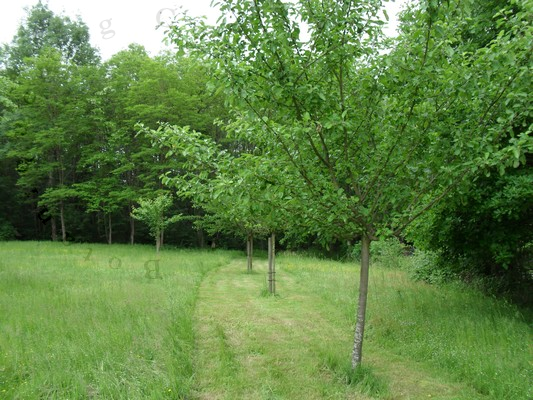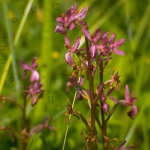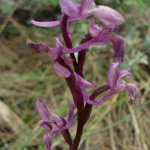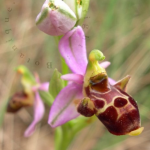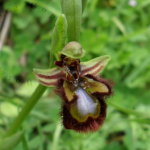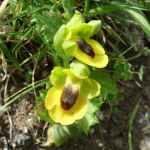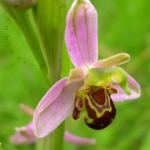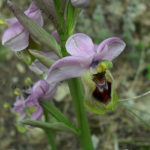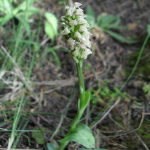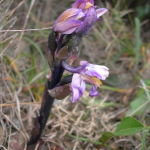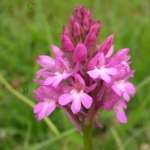Differentiated management is a concept of maintenance of the green areas which currently develops. It makes it possible to recreate biological diversity in the pleasure gardens.
Differentiated management consists in carrying out a maintenance different according to the zones from the garden. For example, shearings in a garden of French style will be more frequent than in an English garden where to the extreme in a meadow. One of the management tools differentiated is thus a precise cartography of space: the various zones are defined according to their use, their ecology like according to their biological, current or potential richness. For each zone, the means and the frequencies of maintenance are defined. Unlike reasoned agriculture for which, also, maintenance and the treatments are weakest possible, there is no concept of production in a pleasure garden except if one says that a differentiated management makes it possible “to produce” biological diversity. Continue reading Management differentiated in the gardens

